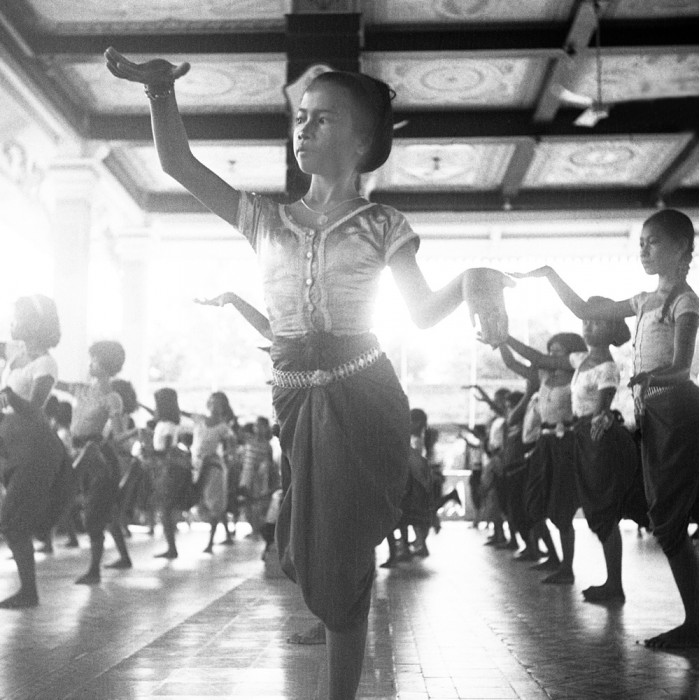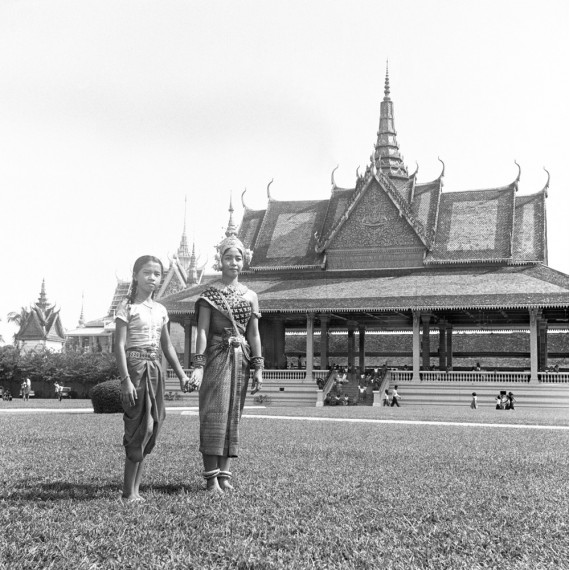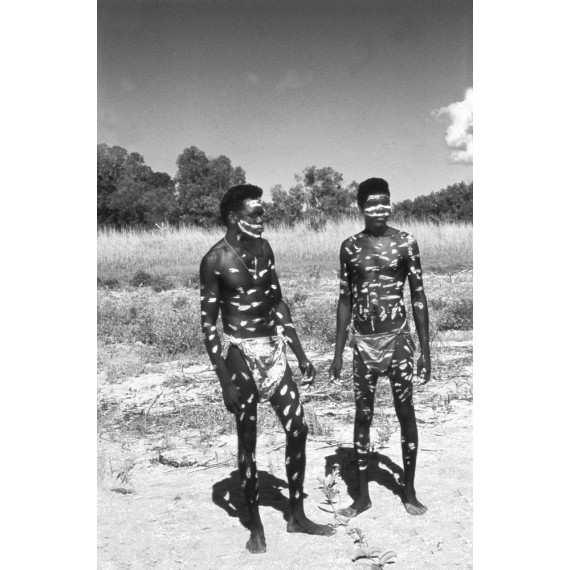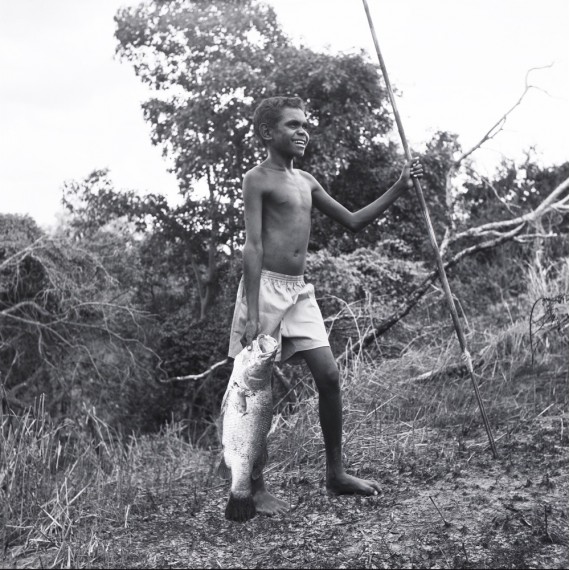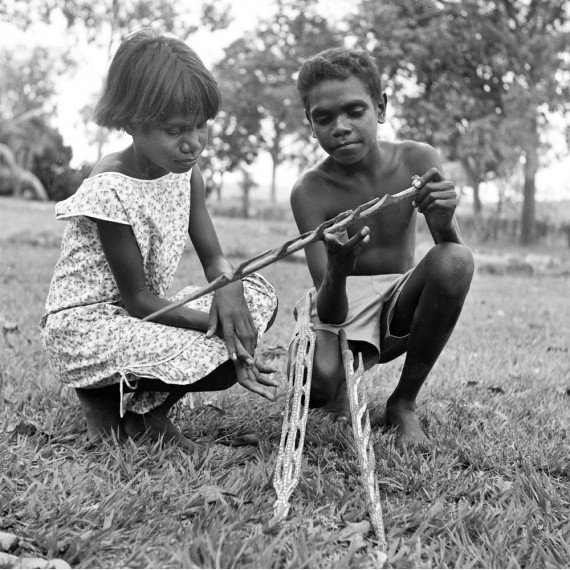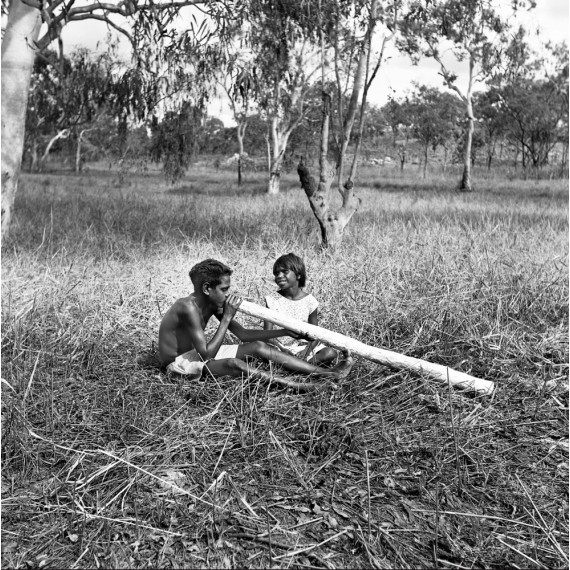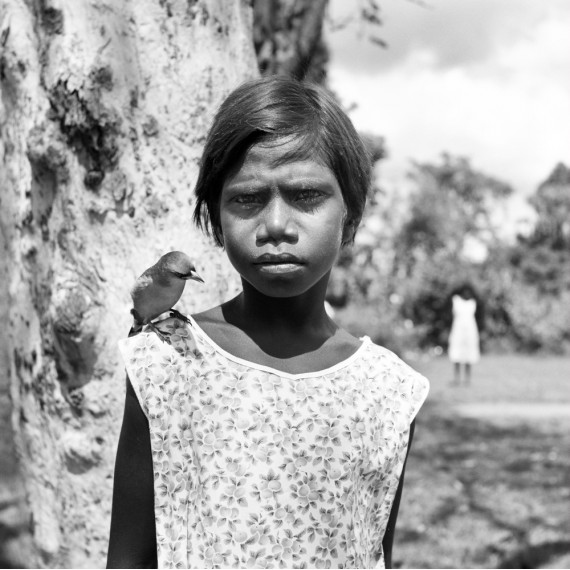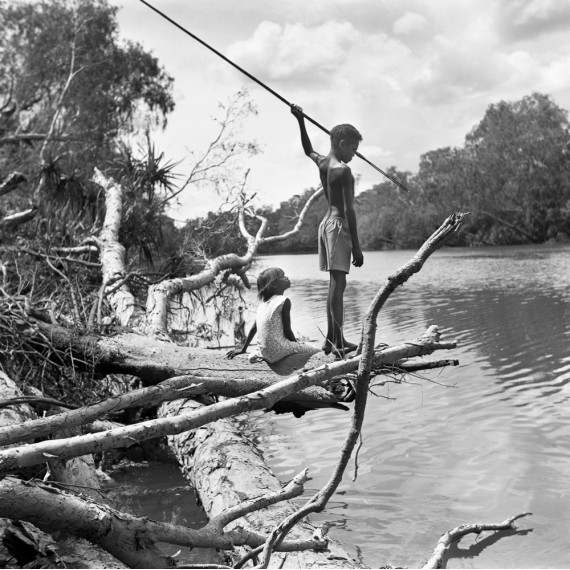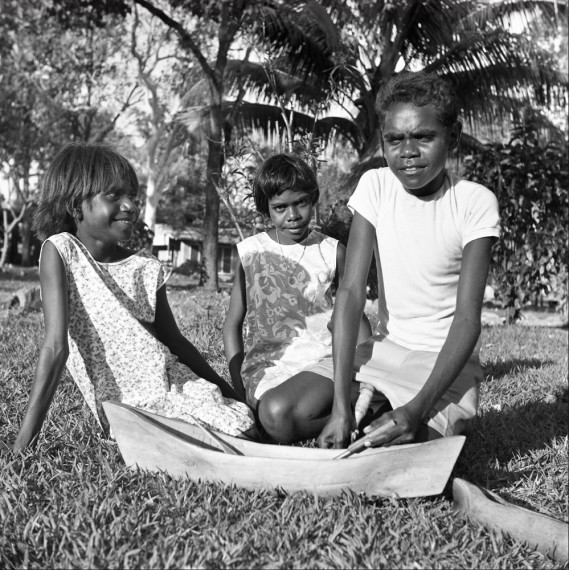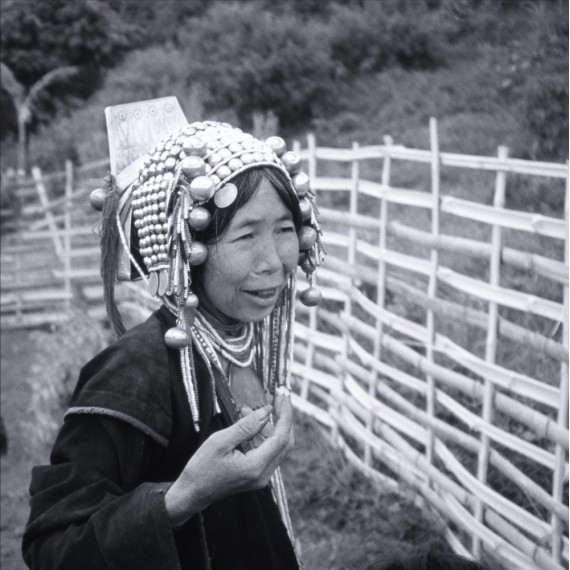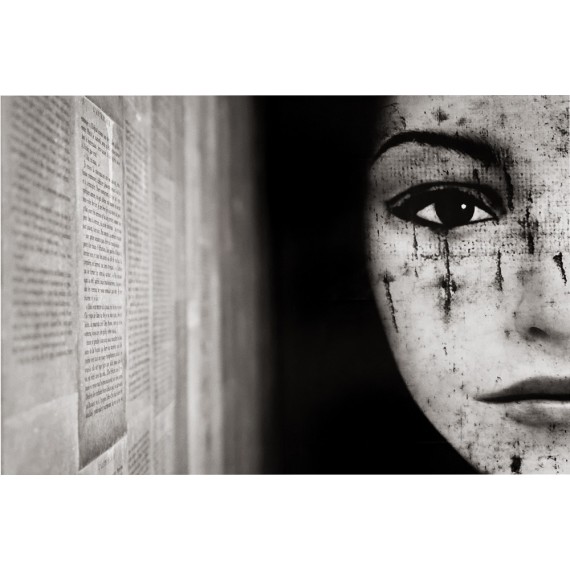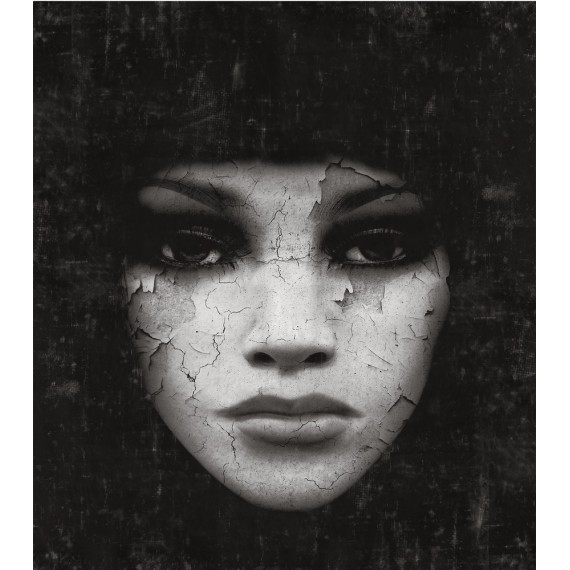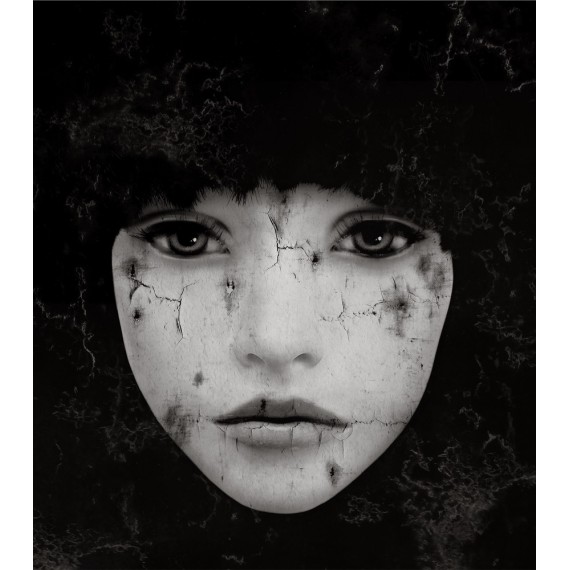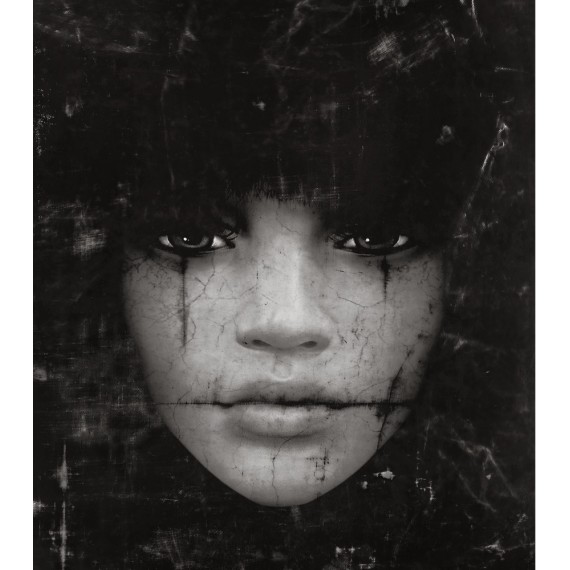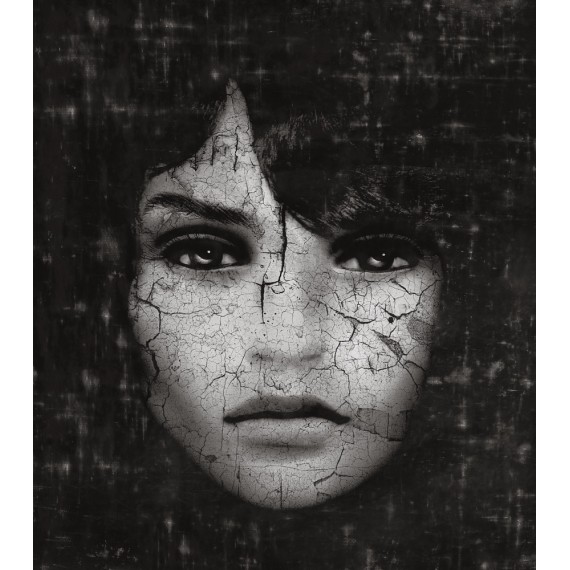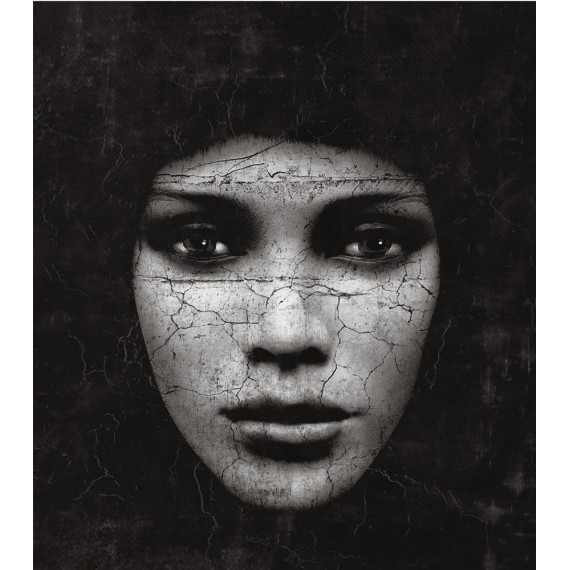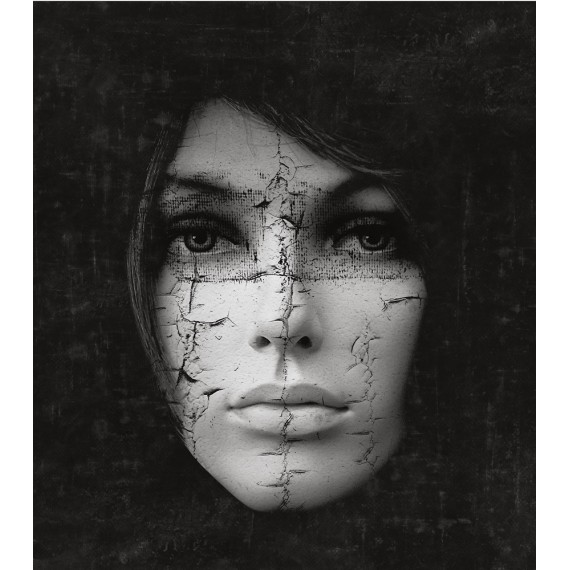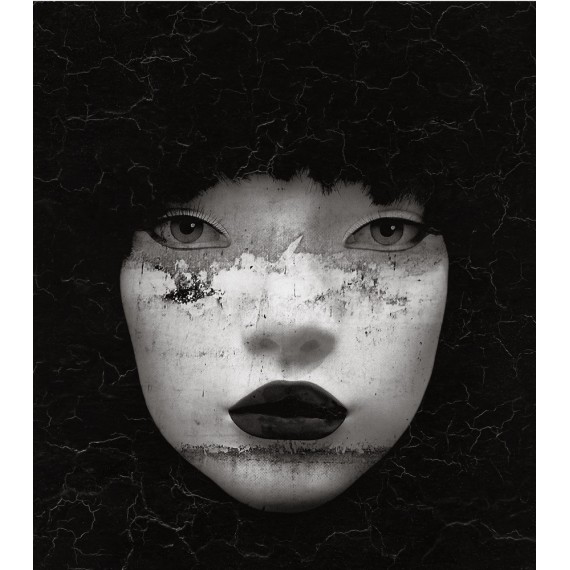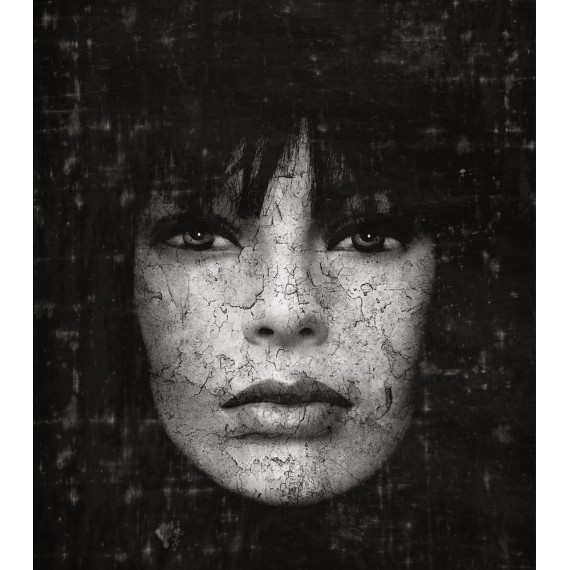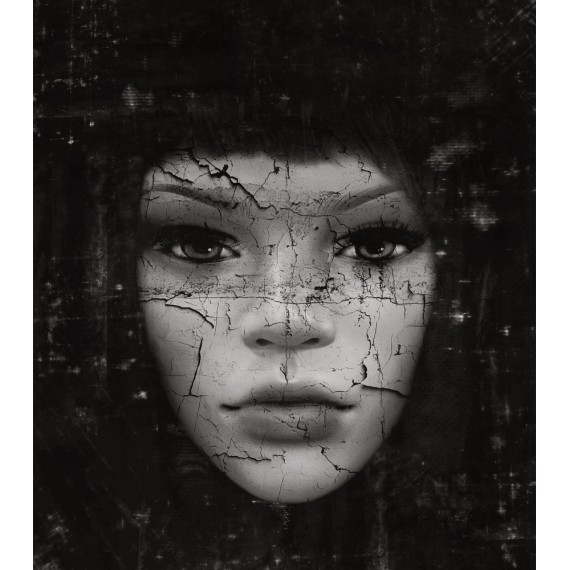LESPRIT Edith France
Rehearsal of the Little Rats, Royal Palace, Cambodia, 1866 - Khmers
New product
190,00 €
Artist: Édith France LESPRIT
Series: Khmer Dancers, Cambodia
Title: "Rehearsal of the Little Rats", Royal Palace, Cambodia
Medium: Photograph taken by Édith France Lesprit with a Yashica camera in 1966. Digitized by photographer Pascal Danot in 2011 and printed, pencil-numbered, and pencil-signed by Lesprit in a limited edition of 30 prints.
Signature: Signed on the mat
Limited Edition: 30 numbered copies, marked in pencil on the mat.
Dimensions: Photograph without mat: 30 x 30 cm (11.8 x 11.8 in)
Notes: Mounted under a white 40 x 40 cm mat, ready for framing. Certificate of authenticity included.
Description:
With “Rehearsal of the Little Rats”, Édith France Lesprit takes us to the heart of Chamsaya Hall, a discreet sanctuary within the Royal Palace of Phnom Penh, where the future stars of Khmer ballet were trained. Bathed in almost sacred side light, the photograph captures a moment of collective discipline: a line of young bodies in formation, focused, diligent, fully engaged in a gesture rooted in antiquity.
Here, grace is born of rigor. These young girls, often selected from rural villages, were chosen at an early age to enter this elite school, living within the Palace under a strict regimen. Classical Khmer dance — codified, slow, deeply spiritual — is sculpted from childhood, trained muscle by muscle, fingertip by fingertip. Granted rare access by Queen Sisowath Kossamak, Lesprit approaches with care and discretion, capturing the quiet beauty of work in progress.
At the center of the image, one dancer stands out — the lead figure of a larger movement. Her proud posture, the tension in her arms, and the precision of her gaze defy her youth. Light passes through her figure, as if revealing something deeper — a kind of inner fire. Around her, the other children follow in ordered rows, extending the rhythm in a choreography both fragile and majestic.
The black and white palette enhances the contrasts — the faces, the dark sarongs, the carved columns of the palace. Everything here breathes respect: for the space, for tradition, for the body, for silence. Today, the image resonates even more deeply: most of these children would later be lost during the Khmer Rouge regime — along with their art, their voices, their gestures.
“Rehearsal of the Little Rats” is not merely a scene of training. It is a prayer in motion, a silent song, the echo of a culture that a brutal regime sought to silence — and which this photograph, tenderly and powerfully, rescues from oblivion.
The Series: Khmer Dancers, Cambodia
These photographs were taken in 1966 in Phnom Penh, inside the Royal Palace.
Thanks to a special permission from Her Majesty Queen Sisowath Kossamak (mother of Prince Norodom Sihanouk), I was allowed to attend and photograph ballet rehearsals in the Chamsaya Hall within the palace grounds. At the time, there were two “grand ballets,” including the renowned first ballet troupe that toured internationally—its star dancer was Her Royal Highness Princess Bopha Devi.
To be admitted to the dance school, young girls—often from rural villages—were selected by the first dance mistress and by Her Majesty the Queen.
All dancers lived in the palace under strict rules. Daily rehearsals, schooling, and annual dance exams determined their advancement to higher ranks.
The ballets mainly portrayed stories from the Ramayana legend—the lead roles of princes and princesses were always performed by girls. Boys played the antagonists: the Monkey King and his leaping warrior subjects.
There were around 300 dancers, musicians, and singers.
During the bloody Khmer Rouge period (1975–1979), about 90% of the royal ballet dancers, as well as musicians and singers, were exterminated. The magnificent costumes were burned, the jewels (tiaras, necklaces, gold and gemstone bracelets—rubies, sapphires, emeralds, diamonds) were stolen, all documents and photographs looted. Nothing remained—except about fifteen young dancers who suffered the tragic fate of becoming sex slaves to Khmer Rouge soldiers.
Thanks to Princess Bopha Devi, the royal Khmer ballet has risen from the ashes. From the moment the Site B Cambodian refugee camp (a FUNCINPEC camp) opened, Princess Bopha Devi began teaching little girls again.
I have a project to build a school of classical Khmer dance to train poor young girls, while also giving them education and moral values specific to Khmer dancers. The aim is to provide them with a dignified profession that protects them from serious dangers (prostitution, human trafficking, forced labor), and to help Cambodia reconnect with its past and extraordinary civilization—because Khmer dance is an essential part of Cambodian culture.
Mem Kossony – lead dancer of the second troupe – survived the massacres but was forced into sexual slavery. She is now a dance teacher for Bopha Devi’s ballet company. The other children visible in the photograph were killed.
— Édith France Lesprit
Biography:
Édith France Lesprit was born in Paris in 1937. She studied ethnology in the United Kingdom. In 1964, she left Britain for Asia. In 1965, she encountered the Iban tribe, with whom she lived for several months—this became the subject of her thesis. She later lived among several other Asian tribes, from whom she brought back valuable documentary photographs.
In 1967, she met Mother Teresa for the first time in Calcutta. She obtained her diplomas in traditional Chinese medicine in 1975. Between 1970 and 1980, she carried out many humanitarian missions with Mother Teresa’s missionaries in the Charité hospices in Tejgaon, Bangladesh, as well as with the Salesian Sisters.
In 1976, she published Enfer d'où je viens ("Hell Where I Come From"), an important testimony about Bangladesh, which won the Montyon Prize from the Académie française. In parallel, she wrote several novels for young readers, inspired by her encounters with tribes and her humanitarian work, under her own name and the pseudonym Éric Lestier.
In 1978, she won the Grand Prize at the 7th Azur Biennial for a book on Chinese medicine. In the 1980s, she worked extensively in Cambodian and Laotian refugee camps in Thailand and was invited to speak on the issue around the world.
From 1990 to 2010, she trained “barefoot doctors” in Ethiopia (local nurses providing basic healthcare). She also worked in leper colonies, bush dispensaries, orphanages, and homes for AIDS patients in Thailand, Cambodia, and Vietnam. She has also led efforts to help disabled animals near Bangkok.
She published an autobiographical novel in 2009, The Kingdom of Forgotten Gods, recounting her journey with the Iban of Borneo.
Today, she continues her humanitarian work worldwide, especially through her project to build a school of classical Khmer dance in Cambodia.
"My project is to build a school of classical Khmer dance to train poor girls while giving them an education and moral values specific to Khmer dancers. The goal is to provide them with a dignified profession that steers them away from serious dangers (prostitution, human trafficking, forced labor), and to help Cambodia reconnect with its past and extraordinary civilization, since Khmer dance is a vital part of Cambodian culture."
Her photographs were exhibited in a gallery for the first time in 2011 at Galerie Roussard in the exhibition "Tribes."

